Boxwood hedges are beautiful in almost any type of garden, but they can sometimes be a bit tricky to get started. Here’s how to grow boxwoods!
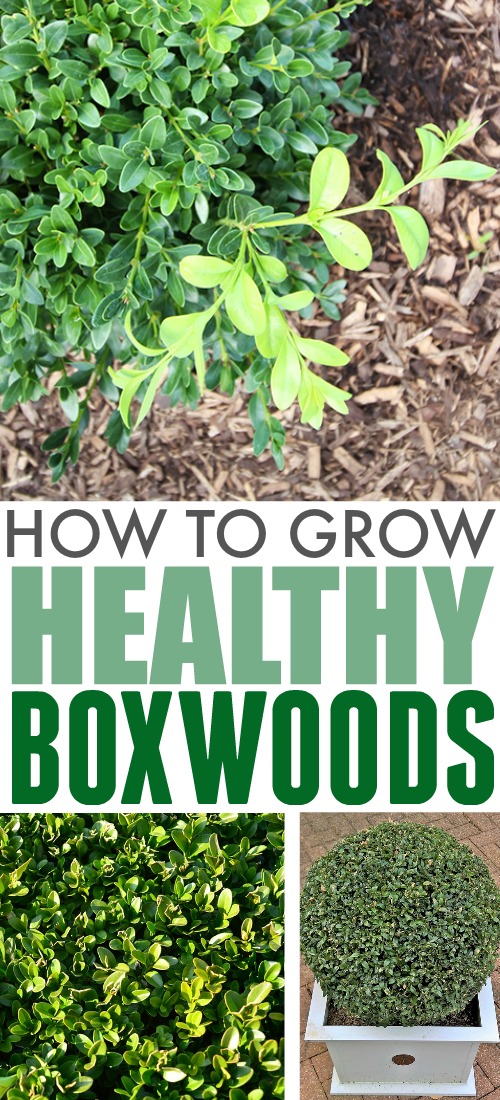
I’ve always loved the look of boxwood hedges and I was so thrilled when we moved into our house and noticed that we had a big old boxwood hedge in the garden right in front of our house. Not only do boxwoods add year-round structure and color to a garden, they’re also so handy for home decor! I find myself snipping a little bit here and there to bring some greenery inside quite frequently and I even made a whole boxwood wreath recently. Once boxwoods are well-established, they’re pretty much no-maintenance plants, other than needing the occasional haircut if you want to keep them in a particular shape. I have tried to grow boxwoods a few times since I moved in and haven’t always had the best results, but I’ve finally figured it out. It takes a bit of work to get boxwoods established, but it’s worth it in the long run!
We took this photo to document our progress on the new front porch project a couple of weeks ago and you can see the size of our older boxwoods under the row of mudroom windows compared to the tiny new ones we just planted recently in front of the new porch. It pays to put in the time to get your boxwoods established!
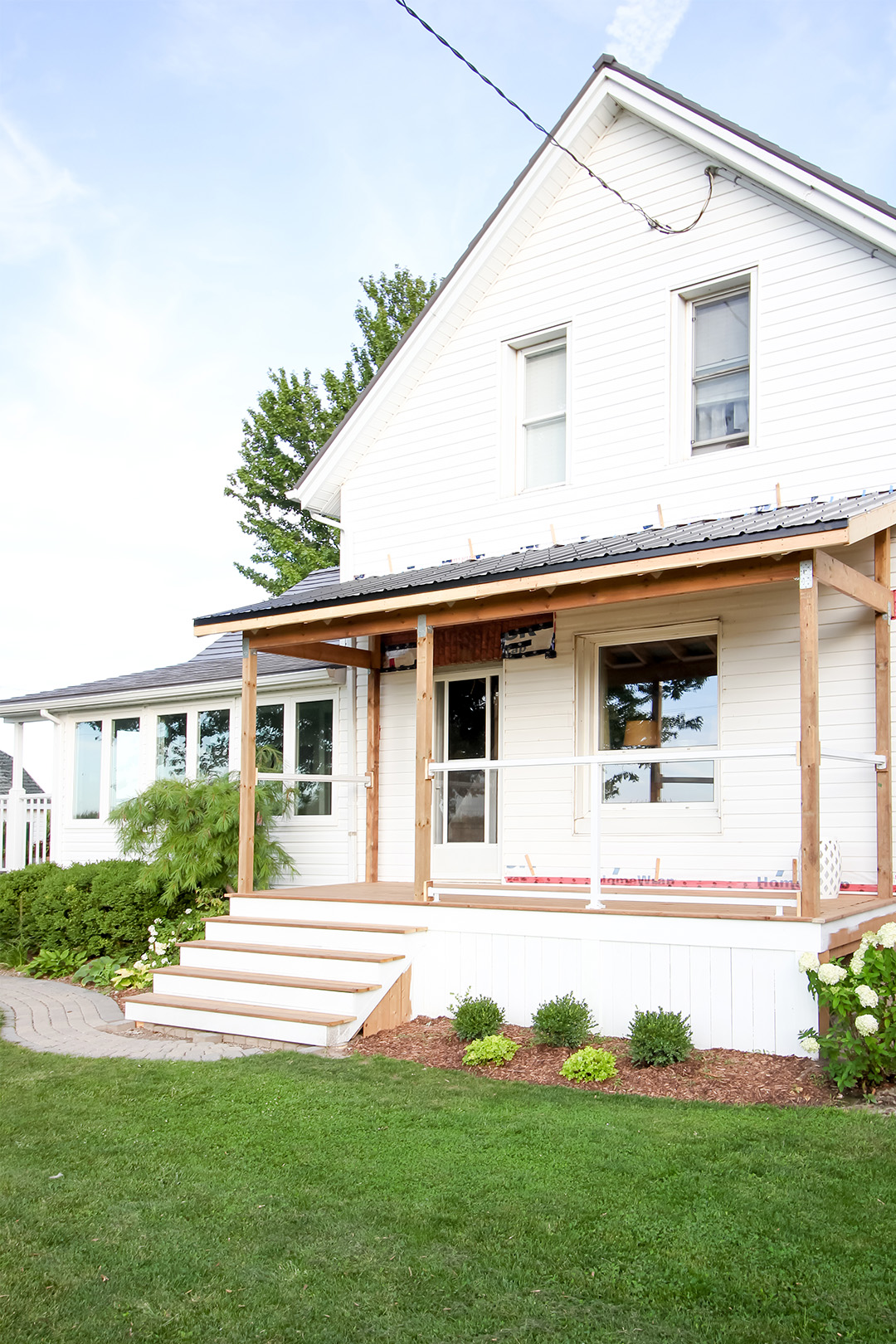
For Easier Maintenance, Plant Boxwoods in the Ground
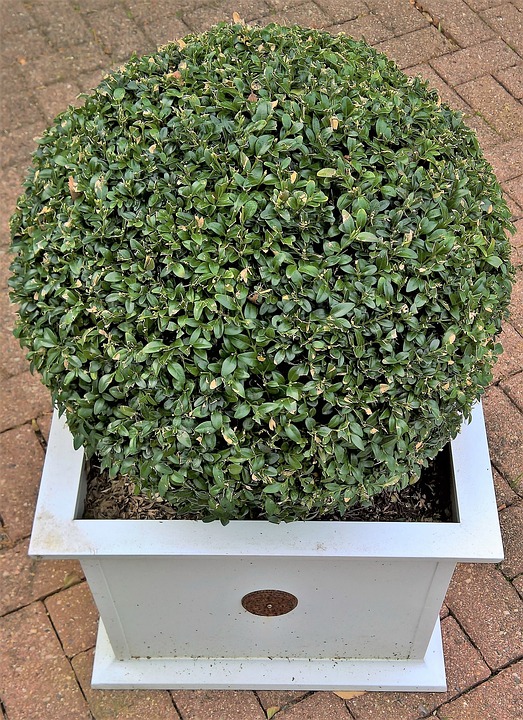
I love the look of boxwoods in planters, but they really do require a lot of care and attention if you want to grow them that way. Boxwoods are like a lot of other plants in that they need daily watering when they’re first transplanted in order to get comfortable in their new surroundings. If they’re planted in a smaller area like a planter, rather than in the ground, you may find you even need to water them twice a day in hot weather.
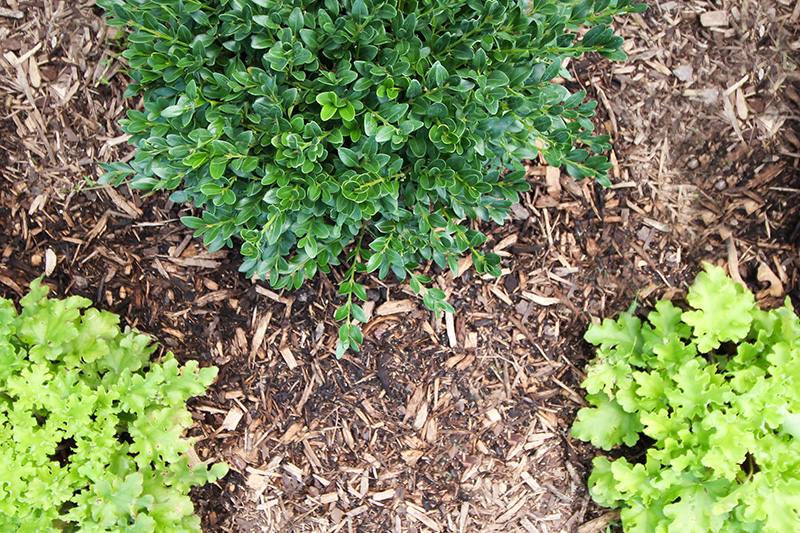
Now, here’s where things get tricky. Unlike some plants, like hydrangeas, that will start to droop or drop leaves within hours of being dehydrated, boxwoods will maintain their color and shape for months without any water at all, especially if they’re out of direct sunlight. By the time you start to see signs of dehydration, it can be way way too late. So you really need to have some discipline and stick to your boxwood maintenance plan, even if they look like they don’t need so much of your time.

Planting your boxwoods in the ground just keeps them from drying out a little while longer and gives you a tiny bit of wiggle room for those first few years.
Look for New Growth as a Sign That Your Boxwoods are Doing Well

If you plant your boxwoods in the spring or summer, look for new growth to shoot out within a week or two of them being transplanted. This is a good sign that your boxwoods are thriving. If they continue to look the same as the day you planted them, make sure you’re watering them deeply on a daily basis and that your mulch isn’t piled up around the trunk of your shrub. No signs of new growth at all may actually be a sign that your plants are dying, but just maintaining their color.
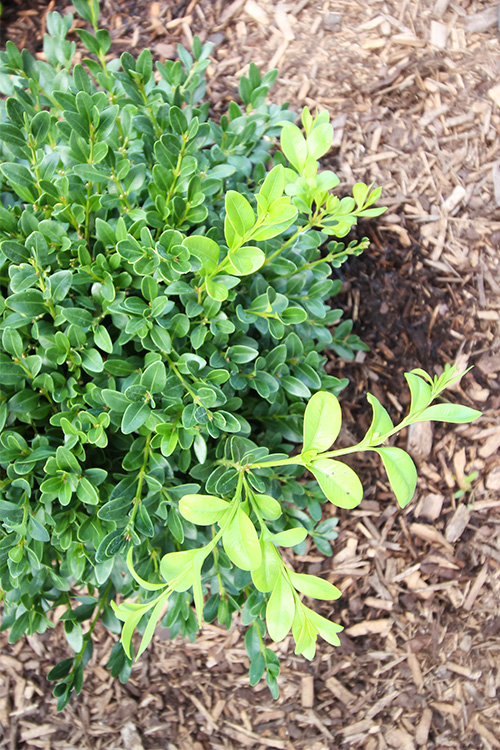
Feed your new boxwoods with a bit of basic plant food every three or four weeks during the growing season at least for the first few years to encourage them to fill in more quickly.
More Fun Facts about Boxwoods
Boxwoods are Adaptable to Different Growing Conditions
When I was considering adding a few more boxwoods to our front garden, I decided that I’d better really do some research first. Boxwoods can be expensive and I’d had enough boxwood failures in the past to know that if I was going to buy some more boxwoods from the garden centre, I needed to do it properly. I was so interested to learn that growing conditions and light requirements aren’t really something you need to worry about too much with boxwoods. Boxwoods grow quite happily in full sun to almost full shade! Morning sun, afternoon sun, it doesn’t matter!
Boxwoods Don’t Like to be Planted Too Deeply
Isn’t that funny? They don’t like their roots to dry out and they need lots of regular watering, but they also don’t want to be too deep in the ground, where all the water is. When you plant your boxwoods, try to plant them up to an inch higher than they were planted in the nursery.
Boxwoods can be Used as Foundation Plantings or They can be a Main Focal Point
I think most people use boxwoods to provide structure to their garden and year-round color, but if you’re handy with the hedge trimmer, a simple boxwood can be turned into the main attraction in your garden. Boxwood topiaries are a classic, but they can also be trimmed into just about any creative shape you can imagine if you have the time!
Do you grow boxwoods in your garden? What are your favourite tips for getting them well-established as quickly as possible?
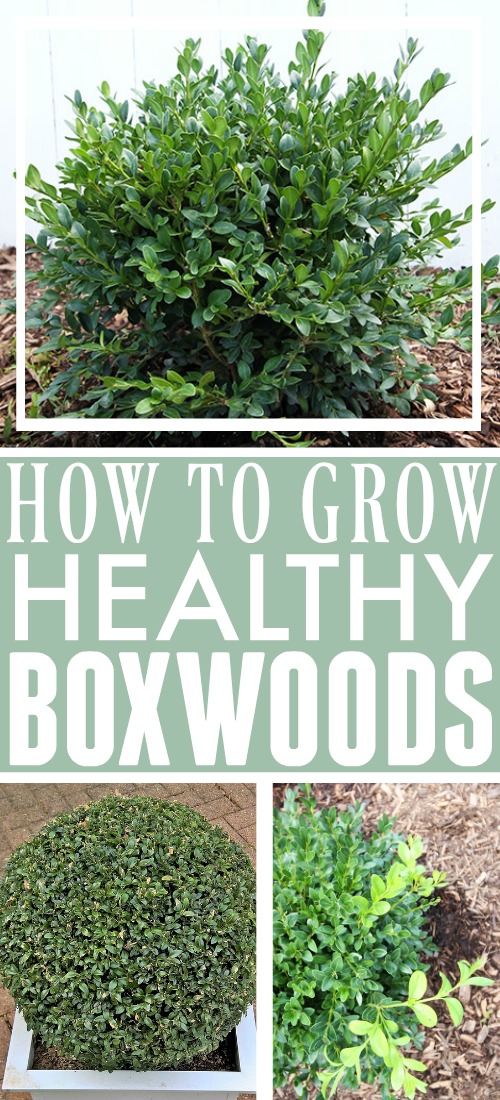
MORE IDEAS LIKE THIS
- How to Edge a Flower Bed
- Perennial Flowers for Summer: My Garden Essentials
- Emergency First Aid for Hydrangeas
- The Secret to Growing Basil Successfully
- How to Freeze all That Extra Zucchini
- The Creek Line House Gardening Archives
Courtenay Hartford is the author of creeklinehouse.com, a blog based on her adventures renovating a 120-year-old farmhouse in rural Ontario, Canada. On her blog, Courtenay shares interior design tips based on her own farmhouse and her work as founder and stylist of the interior photography firm Art & Spaces. She also writes about her farmhouse garden, plant-based recipes, family travel, and homekeeping best practices. Courtenay is the author of the book The Cleaning Ninja and has been featured in numerous magazines including Country Sampler Farmhouse Style, Better Homes and Gardens, Parents Magazine, Real Simple, and Our Homes.
